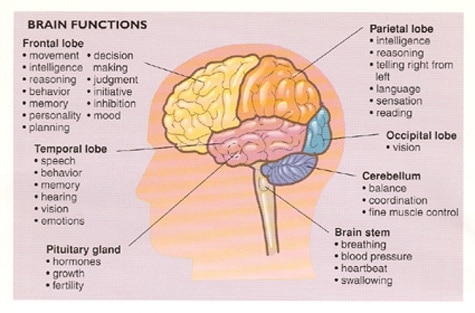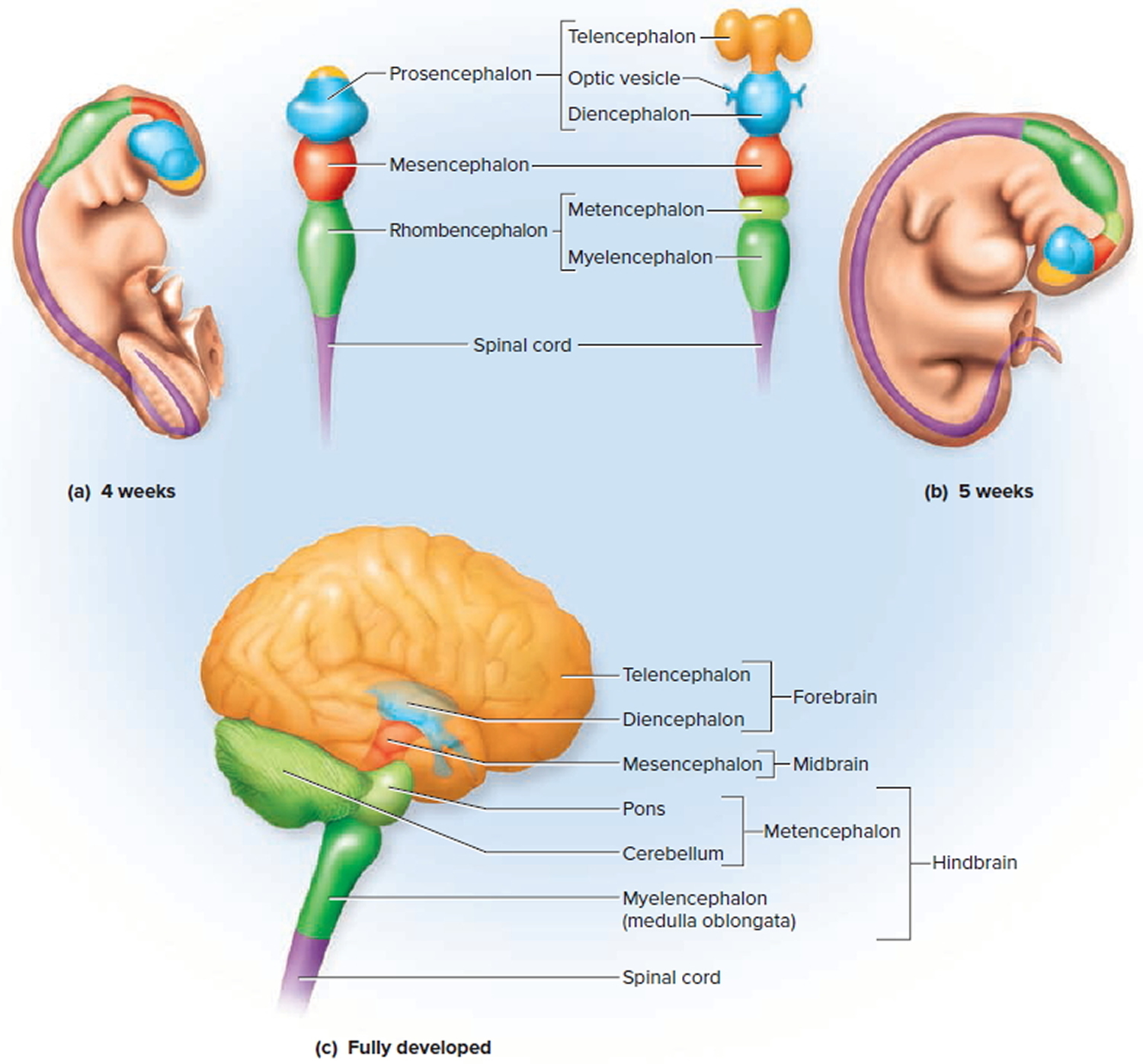Parts Of The Brain And Their Functions
Posted By admin On 29.12.18The Structure And Function Of The Human Brain The brain structure is composed of three main parts: the forebrain, midbrain and hindbrain, each with multiple parts. Forebrain The Cerebrum: Also known as the cerebral cortex, the cerebrum is the largest part of the human brain, and it is associated with higher brain function such as thought and action. Nerve cells make up the gray surface, which is a little thicker than our thumb. White nerve fibers beneath the surface carry signals between nerve cells in other parts of the brain and body. Its wrinkled surface increases the surface area, and is a six-layered structure found in mammals, called the neocortex. It is divided into four sections, called “lobes”. They are; the frontal lobe, the parietal lobe, the occipital lobe and the temporal lobe.
The parts of the brain and their functions are still being studied and explored by various domains. Neuro-psychology explores the connection between brain functions and behavior, while neuro-science is concerned with the nervous system and has a very broad purpose.

Functions Of The Lobes: Frontal Lobe – The frontal lobe lies just beneath our forehead and is associated with our brain’s ability to reason, organize, plan, speak, move, make facial expressions, serial task, problem solve, control inhibition, spontaneity, initiate and self-regulate behaviors, pay attention, remember and control emotions. Parietal Lobe – The parietal lobe is located at the upper rear of our brain, and controls our complex behaviors, including senses such as vision, touch, body awareness and spatial orientation. It plays important roles in integrating sensory information from various parts of our body, knowledge of numbers and their relations, and in the manipulation of objects.

Portions are involved with our visuospatial processing, language comprehension, the ability to construct, body positioning and movement, neglect/inattention, left-right differentiation and self-awareness/insight. Occipital Lobe – The occipital lobe is located at the back of our brain, and is associated with our visual processing, such as visual recognition, visual attention, spatial analysis (moving in a 3-D world) and visual perception of body language; such as postures, expressions and gestures. Temporal Lobe – The temporal lobe is located near our ears, and is associated with processing our perception and recognition of auditory stimuli (including our ability to focus on one sound among many, like listening to one voice among many at a party), comprehending spoken language, verbal memory, visual memory and language production (including fluency and word-finding), general knowledge and autobiographical memories. A deep furrow divides the cerebrum into two halves, known as the left and right hemispheres. And, while the two hemispheres look almost symmetrical, each side seems to function differently. The right hemisphere is considered our creative side, and the left hemisphere is considered our logical side. A bundle of axons, called the corpus callosum, connects the two hemispheres.
Midbrain The midbrain is located below the cerebral cortex, and above the hindbrain placing it near the center of the brain. It is comprised of the tectum, tegmentum, cerebral aqueduct, cerebral peduncles and several nuclei and fasciculi. The primary role of the midbrain is to act as a sort of relay station for our visual and auditory systems. Portions of the midbrain called the red nucleus and the substantia nigra are involved in the control of body movement, and contain a large number of dopamine-producing neurons.
Parts Of The Brain And Their Functions Psychology Quizlet
The degeneration of neurons in the substantia nigra is associated with Parkinson’s disease. The midbrain is the smallest region of the brain, and is located most centrally within the cranial cavity. Limbic System – the limbic system is often referred to as our “emotional brain”, or ‘childish brain’. It is found buried within the cerebrum and contains the thalamus, hypothalamus, amygdala and hippocampus. Thalamus – the primary role of the thalamus is to relay sensory information from other parts of the brain to the cerebral cortex Hypothalamus – the primary role of the hypothalamus is to regulate various functions of the pituitary gland and endocrine activity, as well as somatic functions e.g.body temperature, sleep, appetite. Amygdala – the primary role of the amygdala is to be a critical processor for the senses.